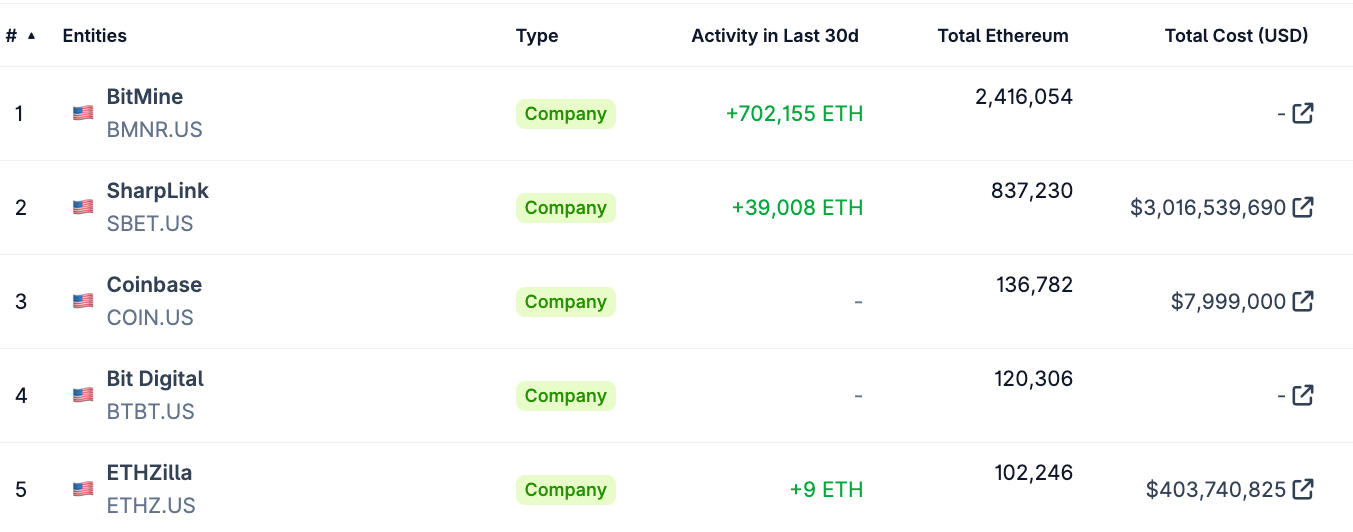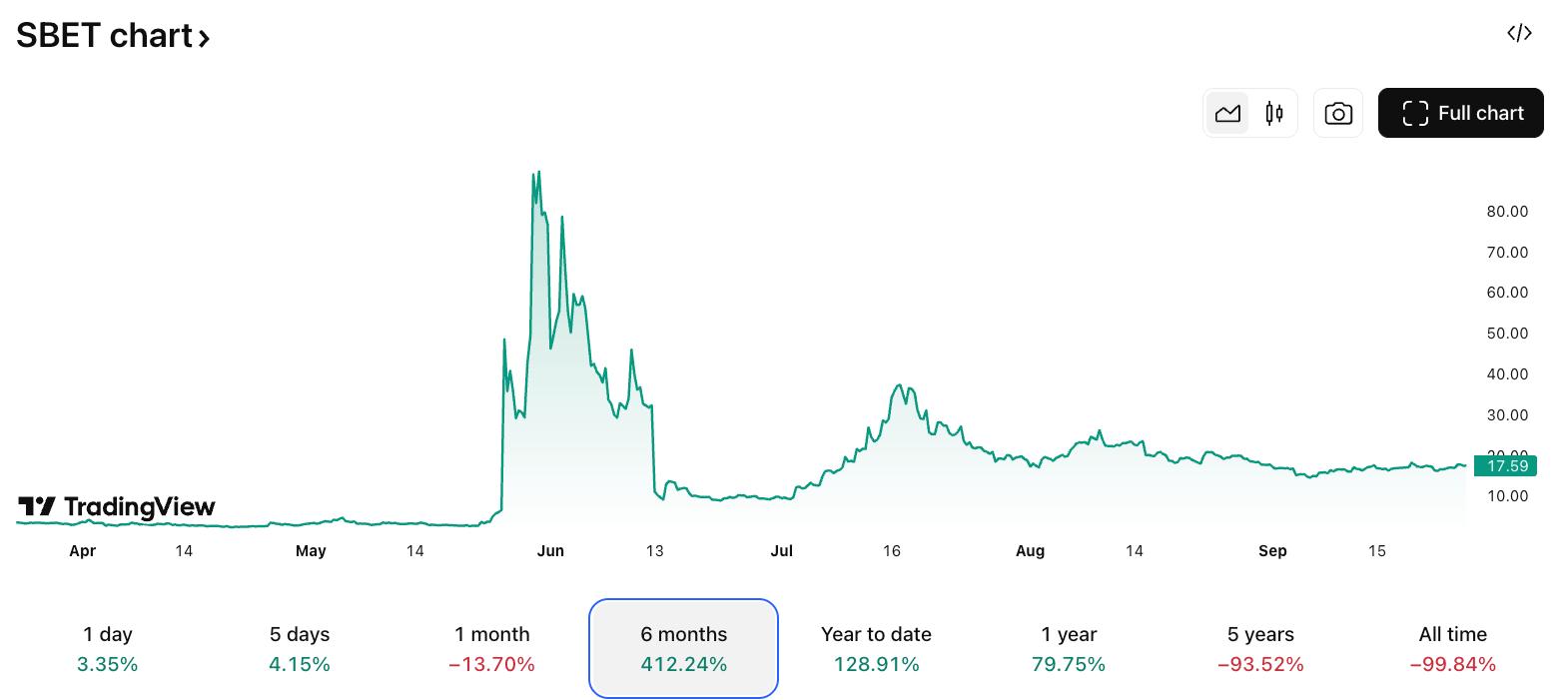SharpLink tokenization: SharpLink notified the SEC it will tokenize its Nasdaq-listed common stock (SBET) on the Ethereum blockchain using Superstate’s Open Bell platform, aiming to create compliant, tradable on-chain equity and explore AMM-based trading.
-
What happened: SharpLink filed with the SEC to tokenize SBET on Ethereum via Superstate’s Open Bell.
-
Why it matters: This move advances compliant on-chain securities trading using AMMs and DeFi primitives.
-
Key data: SharpLink is one of the largest public holders of Ether; tokenization follows its ETH treasury pivot in mid‑2025.
SharpLink tokenization: SharpLink will tokenize Nasdaq-listed SBET on Ethereum via Superstate’s Open Bell—learn how this enables compliant on-chain equity trading. Read more.
What is SharpLink tokenization of SBET?
SharpLink tokenization is the company’s plan to mint blockchain-native tokens representing its Nasdaq-listed common stock (SBET) on Ethereum using Superstate’s Open Bell tokenization platform. The firm notified the SEC of the initiative to support compliant issuance and explore on‑chain liquidity avenues.
How will SharpLink issue and manage tokenized equity?
SharpLink has partnered with financial-technology firm Superstate to create tokenized SBET shares via the Open Bell platform. The process includes creating smart-contract tokens that reflect shareholder rights, embedding compliance rules, and coordinating with custody and transfer agents for regulatory alignment.
SharpLink co-CEO Joseph Chalom said tokenizing equity on Ethereum signals their view of where global capital markets are heading. The company emphasizes compliance and interoperability across DeFi venues.
Why is SharpLink’s ETH treasury relevant?
SharpLink became one of the world’s largest public holders of Ether after a June 2025 pivot to an ETH reserve. That treasury position shapes its strategic choice to issue equity tokens directly on Ethereum and demonstrates institutional adoption of native-chain asset strategies.

SharpLink Gaming is the second-largest public company holding Ether as of Sept. 25. Source: CoinGecko
Soon after announcing its ETH treasury in May, SharpLink’s shares initially rallied, then corrected. Price swings highlight market sensitivity to corporate crypto strategies. Historical price context is based on TradingView data.

Sharplink Gaming (SBET) stock six-month price chart. Source: TradingView
How could tokenized SBET trade on DeFi platforms?
SharpLink told the SEC it plans to work with Superstate to enable trading on automated market makers (AMMs) and other DeFi protocols in a compliant way. AMMs use smart contracts and liquidity pools to facilitate automated, non‑custodial trading without traditional order books.
The company intends to incorporate compliance controls—such as transfer restrictions and on‑chain attestations—so that token flows align with securities laws while benefiting from DeFi’s liquidity mechanisms.
Frequently Asked Questions
Will tokenized SBET be identical to traditional shares?
Tokenized SBET represents the same economic rights as listed shares but is structured as blockchain tokens with encoded compliance rules. Traditional custody and shareholder registries will be coordinated with token records.
Can retail investors trade tokenized SBET on AMMs?
Trading access will depend on compliance mechanisms and jurisdictional rules. SharpLink and Superstate aim to enable compliant access—investors should expect KYC/AML requirements and wallet compatibility checks.
Key Takeaways
- Regulated tokenization: SharpLink filed with the SEC to tokenize SBET on Ethereum using Superstate’s Open Bell.
- DeFi integration: The plan includes exploring AMM and DeFi trading while embedding compliance controls.
- Market context: SharpLink’s ETH treasury and public‑holder status underscore its strategic move to on‑chain equity.
Conclusion
SharpLink’s move to tokenize SBET on Ethereum via Superstate’s Open Bell platform marks a notable step toward compliant, on‑chain equity markets. The initiative leverages SharpLink’s substantial ETH holdings and aims to combine regulatory safeguards with DeFi liquidity tools. Watch for SEC filings and official token issuance details as the project advances.





